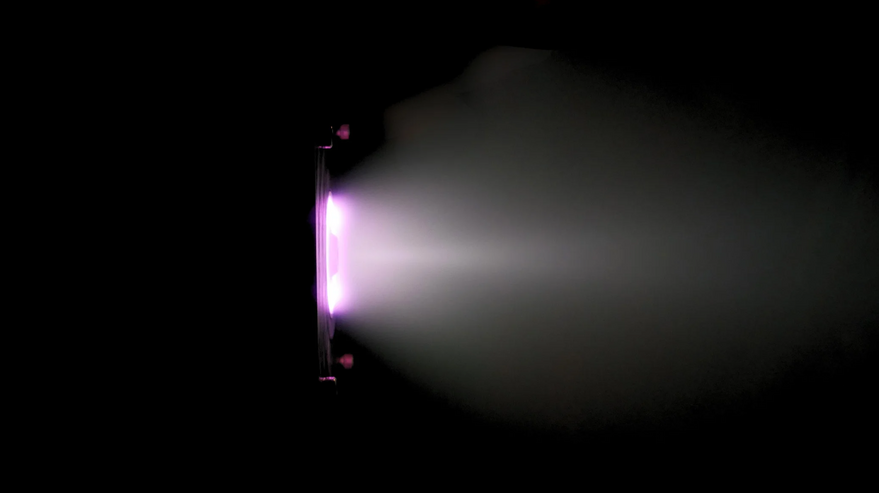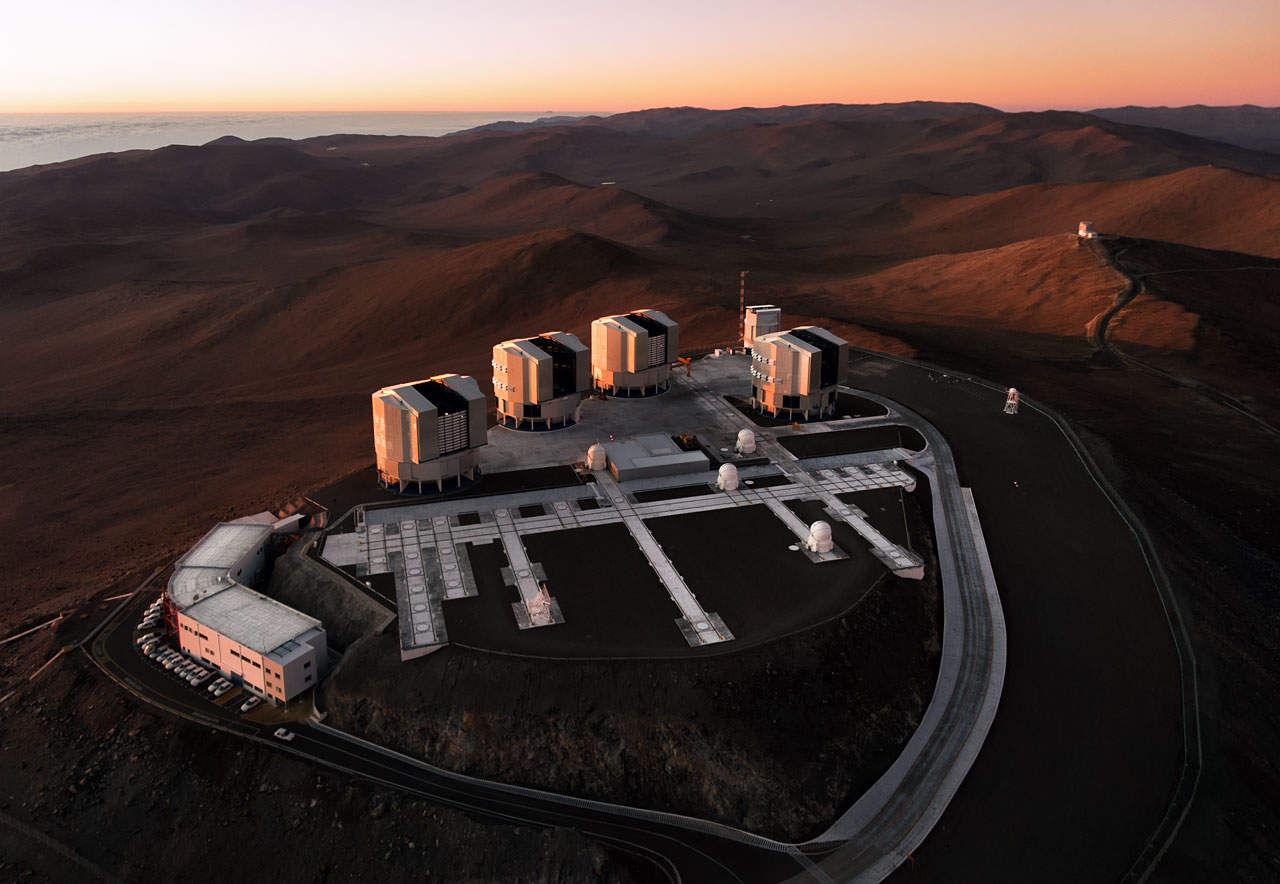Japan funding water-based satellite propulsion upgrade

TAMPA, Fla. — Japan has awarded Tokyo-based small satellite thruster developer Pale Blue a grant worth up to $27 million to upgrade its water-based propulsion technology for larger spacecraft.
The four-year-old startup tested its Resistojet thruster in orbit for the first time in March, successfully using jets of steam to move a tiny 6U cubesat called Star Sphere.

Pale Blue recently started work on setting up a 2,000-square-meter factory to produce Resistojet thrusters, which are sized for satellites weighing less than 10 kilograms.Â
Under a multiphase Japanese government grant announced Feb. 6, Pale Blue aims to develop water-plasma propulsion for spacecraft up to 500 kilograms.
The venture plans to demonstrate ion and Hall effect thrusters that use electricity and magnetic fields to accelerate propellant to improve efficiency, Pale Blue co-founder and CEO Jun Asakawa told SpaceNews.
Bradford Space and Aerospace Corp have developed steam-based propulsion systems, but Asakawa said Pale Blue hopes to be the first to demonstrate ion and Hall effect thrusters that use water.
Water is a more affordable propellant and is safer to handle than the Xenon gas typically used in ion and Hall effect thrusters, according to Asakawa, although it can not yet match thrust performance.

He said it is too early to say whether water-based ion and Hall effect thrusters would be tested on a single satellite during a demo slated for around 2027 or 2028.
The first phase of the grant, part of Japan’s Small and Business Innovation Research 3 (SBIR-3) program, is due to conclude September 2025 with prototypes for each thruster.
Pale Blue announced $7.5 million in funding in October to start producing Resistojet thrusters at scale for customers that include South Korea’s Yonsei University.

Related
Read the original article here




